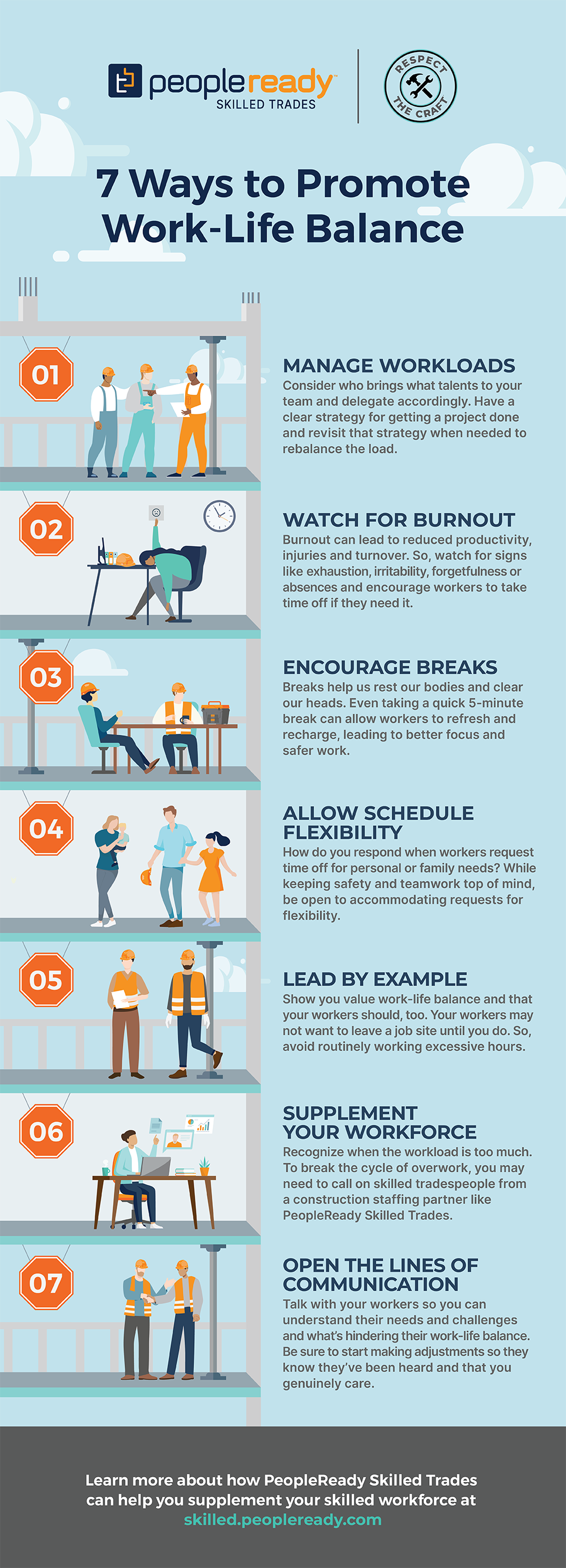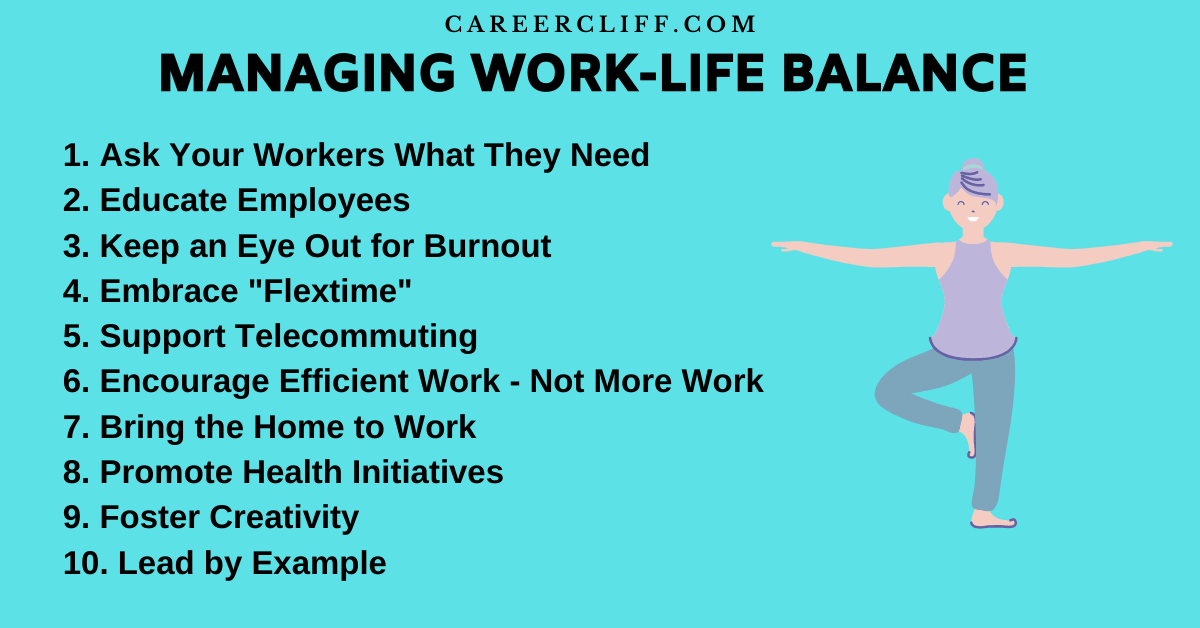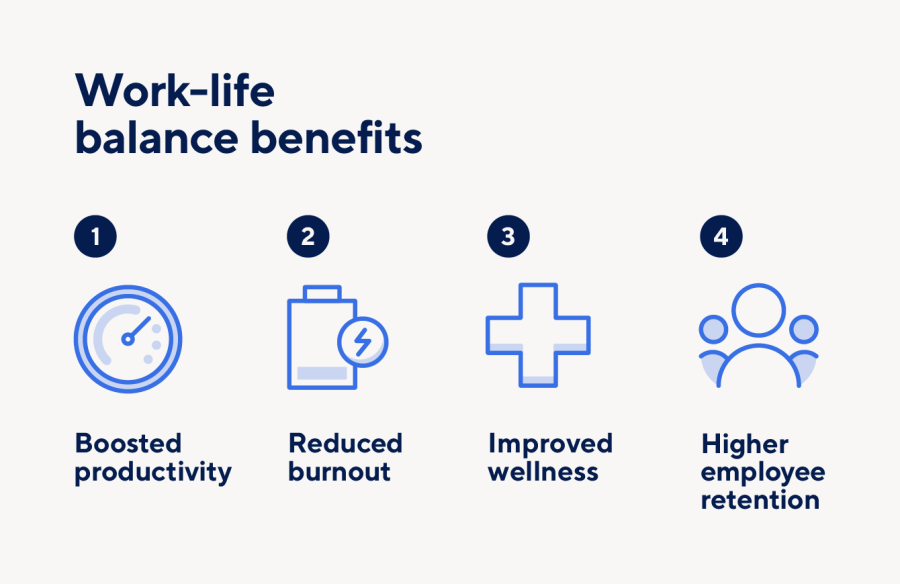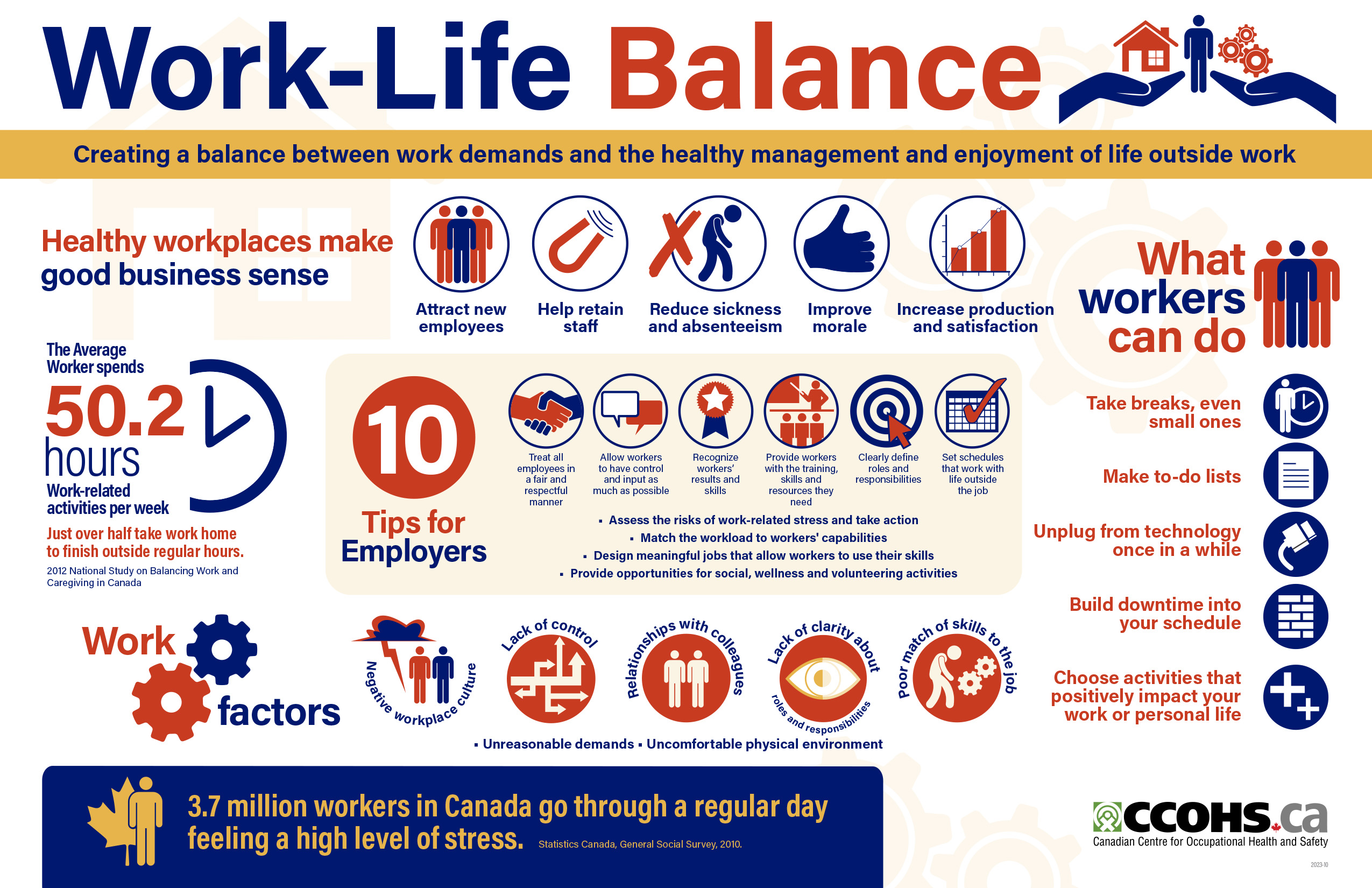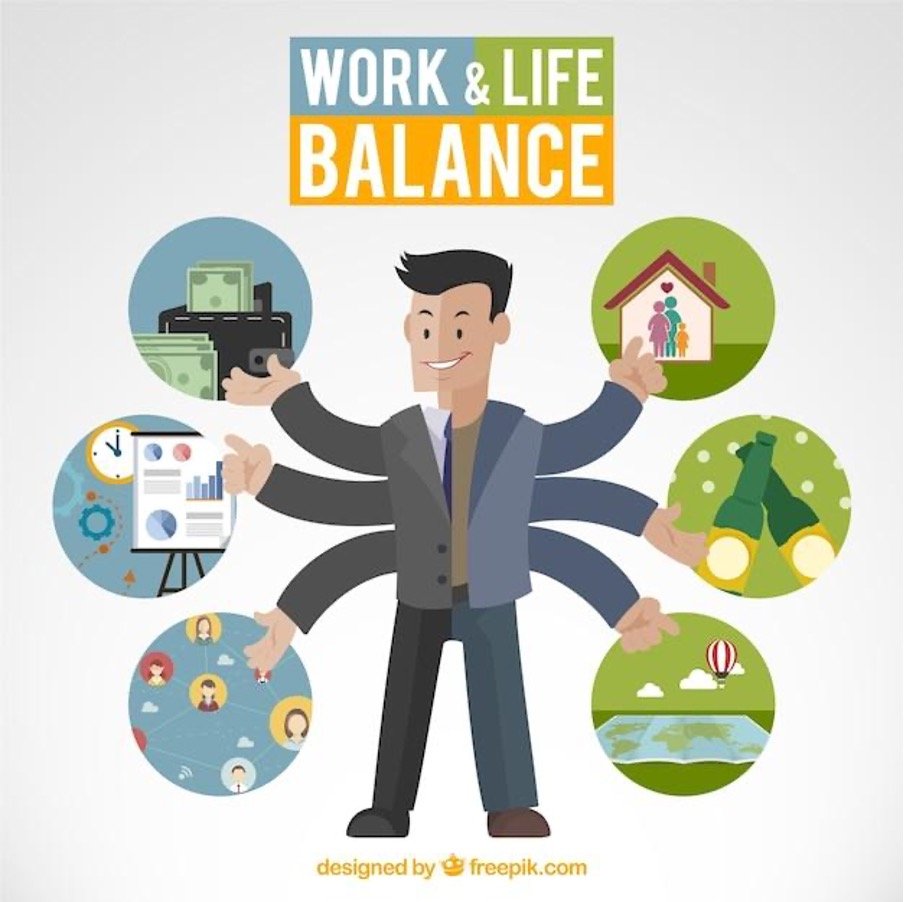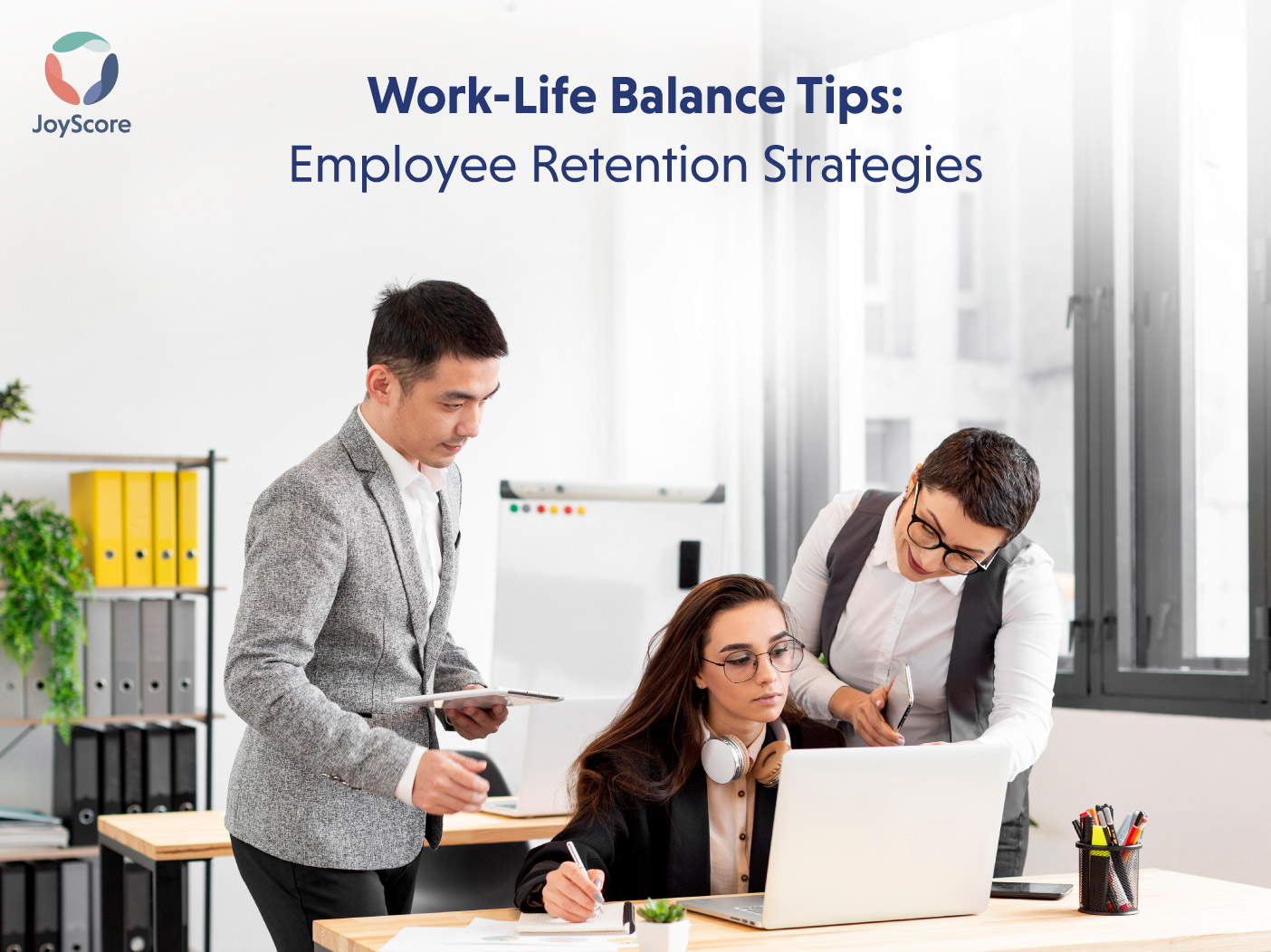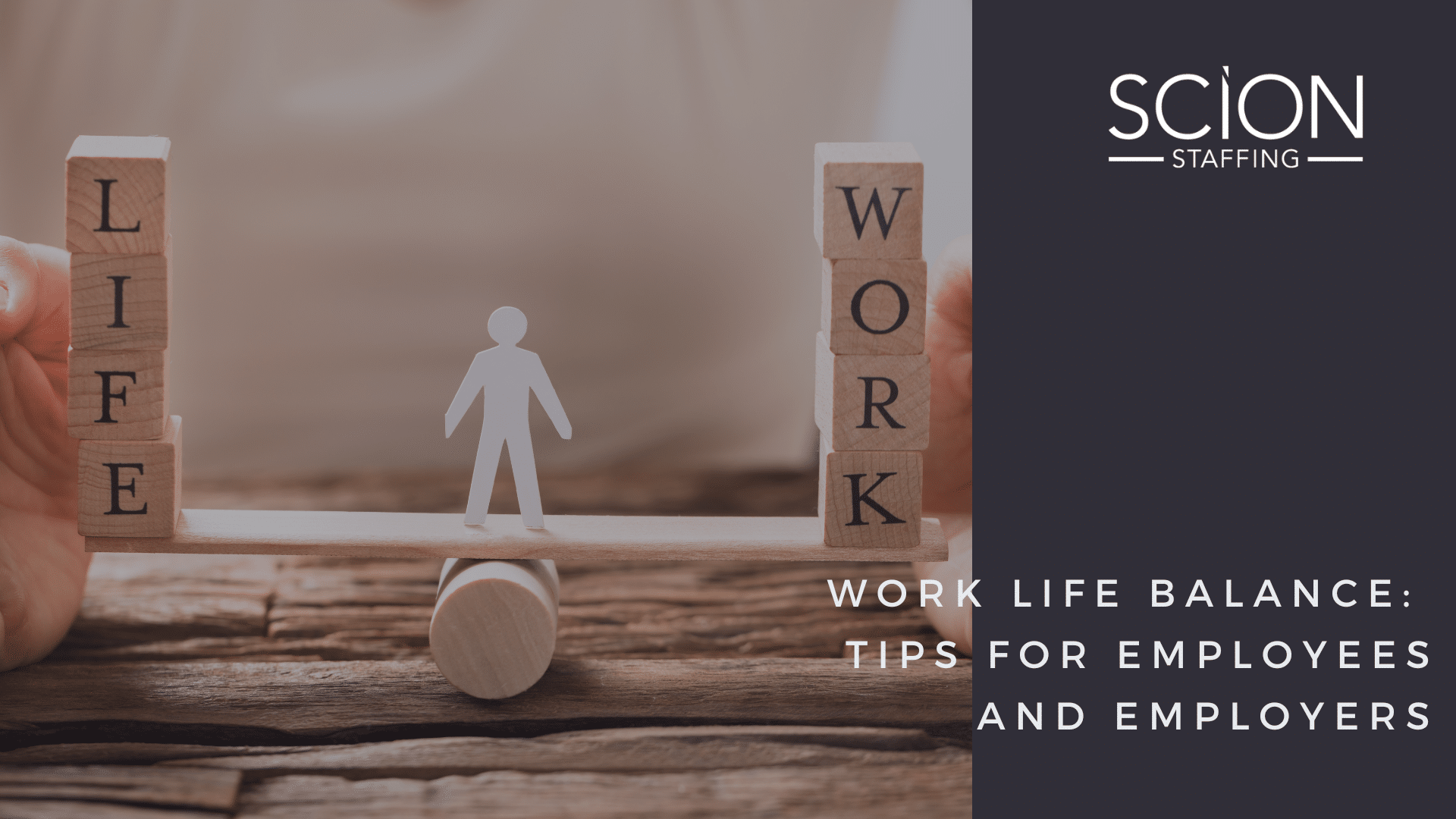Work Life Balance Tips For Employees
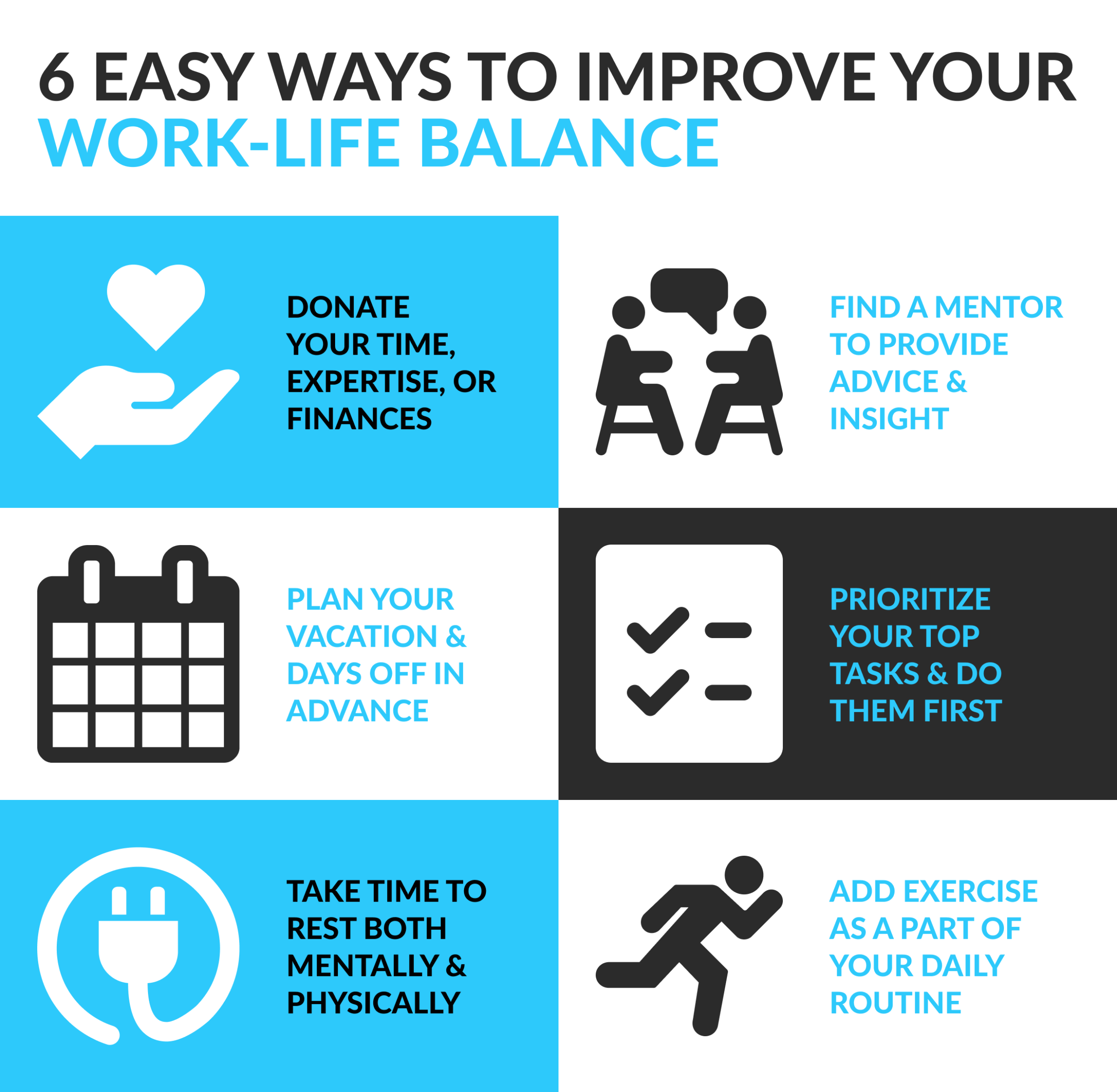
The relentless demands of modern work are pushing employees to the brink. Burnout is rampant, mental health struggles are escalating, and the line between professional and personal life is blurring into near non-existence. This crisis demands urgent attention and practical solutions.
At the heart of the issue lies the elusive work-life balance, a state of equilibrium where professional responsibilities and personal well-being coexist harmoniously. Achieving this balance isn't about perfectly splitting time 50/50; it's about creating a sustainable and fulfilling life that integrates both aspects effectively. This article explores actionable strategies employees can implement to reclaim control over their time, reduce stress, and foster a healthier relationship with their work.
Understanding the Imbalance
The problem isn't simply about working long hours. A recent study by the American Psychological Association (APA) reveals that chronic stress, stemming from factors like unrealistic expectations and lack of control, is a major contributor to work-life imbalance.
Technology, while intended to increase efficiency, often exacerbates the issue by making employees constantly accessible. This always-on culture erodes personal time and fuels anxiety.
Practical Strategies for Employees
Setting Boundaries
Establishing clear boundaries is crucial. This includes defining work hours and sticking to them as much as possible, even when working remotely.
Communicate these boundaries to colleagues and supervisors to manage expectations.
Turning off notifications and resisting the urge to check emails outside of work hours are also vital steps.
Time Management Techniques
Effective time management can dramatically reduce stress and increase productivity. Prioritizing tasks using methods like the Eisenhower Matrix (urgent/important) helps focus on high-impact activities.
Breaking down large tasks into smaller, more manageable steps can make them less daunting.
Scheduling regular breaks throughout the day is also essential for maintaining focus and preventing burnout. The Pomodoro Technique, which involves working in focused 25-minute intervals with short breaks in between, can be particularly effective.
Prioritizing Self-Care
Self-care isn't selfish; it's essential for maintaining well-being. Make time for activities that bring joy and relaxation, whether it's exercise, spending time with loved ones, or pursuing hobbies.
Adequate sleep, a healthy diet, and regular exercise are fundamental to physical and mental health. Neglecting these aspects can severely impact both work performance and personal life.
Mindfulness practices, such as meditation or deep breathing exercises, can help reduce stress and improve focus.
Leveraging Company Resources
Many companies offer resources to support employee well-being, such as Employee Assistance Programs (EAPs), which provide confidential counseling and support services. Check with your HR department about available benefits.
Taking advantage of flexible work arrangements, such as remote work or flexible hours, can provide greater control over your schedule.
Don't hesitate to utilize available vacation time to recharge and disconnect from work.
Communicating Needs
Open communication with supervisors and colleagues is vital. If you're feeling overwhelmed or struggling to manage your workload, don't be afraid to speak up.
Requesting assistance, delegating tasks, or renegotiating deadlines can alleviate pressure and prevent burnout.
"Creating a culture of open communication is essential for fostering a healthy work environment," says Dr. Anita Jones, a leading expert in workplace well-being.
Looking Ahead
Achieving work-life balance is an ongoing process, not a destination. It requires continuous effort, self-reflection, and adaptation.
Employees must actively advocate for their well-being and challenge the cultural norms that perpetuate overwork. Employers also have a crucial role to play in creating supportive work environments that prioritize employee well-being and promote a healthy work-life integration.
By embracing these strategies and fostering a culture of balance, individuals can create more fulfilling and sustainable lives, both inside and outside of work, leading to increased productivity, improved mental health, and a greater sense of overall well-being.
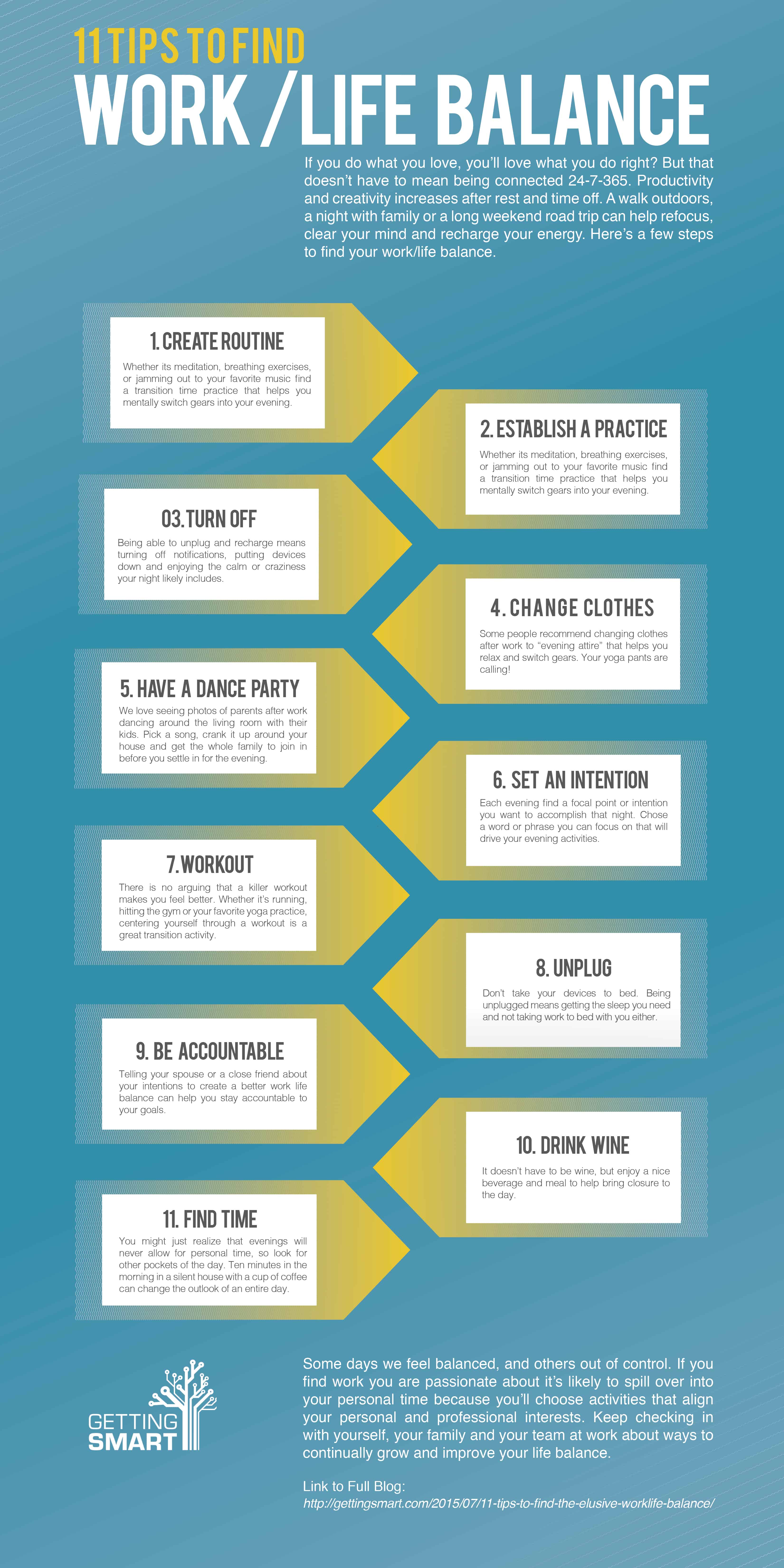
![Work Life Balance Tips For Employees Top Tips to Achieve Work Life Balance [INFOGRAPHIC] - Learnist.org](http://www.learnist.org/wp-content/uploads/2014/05/WORK-LIFE-BALANCE.jpg)
